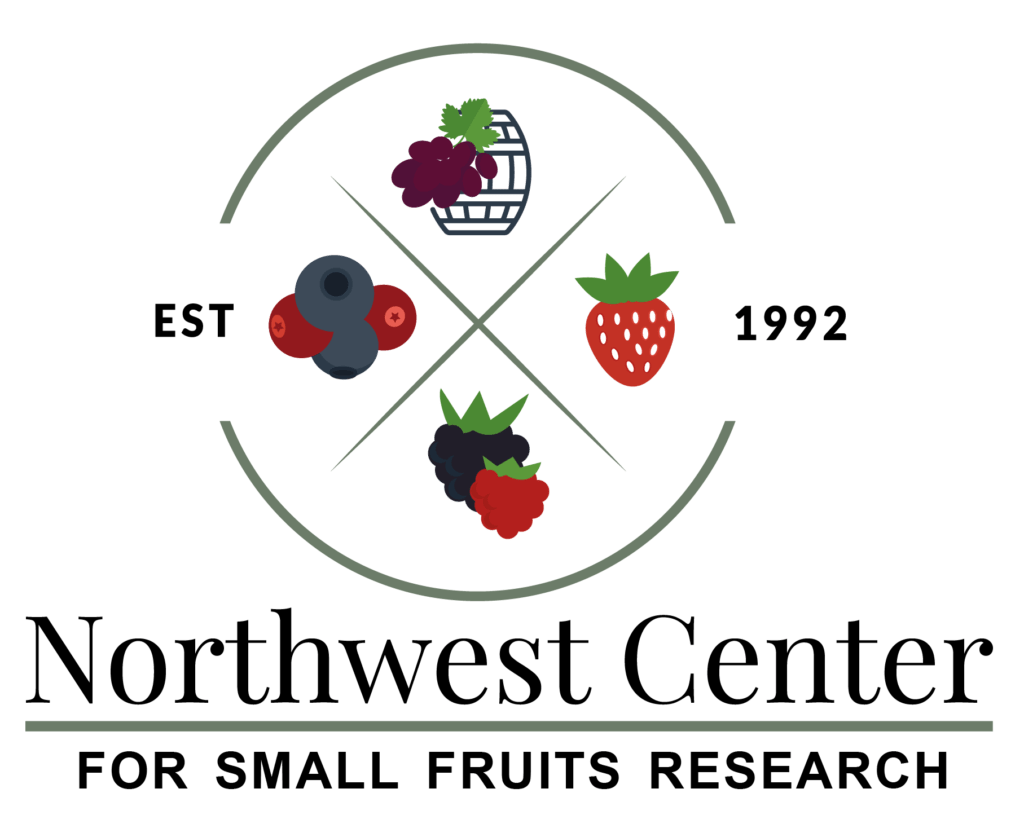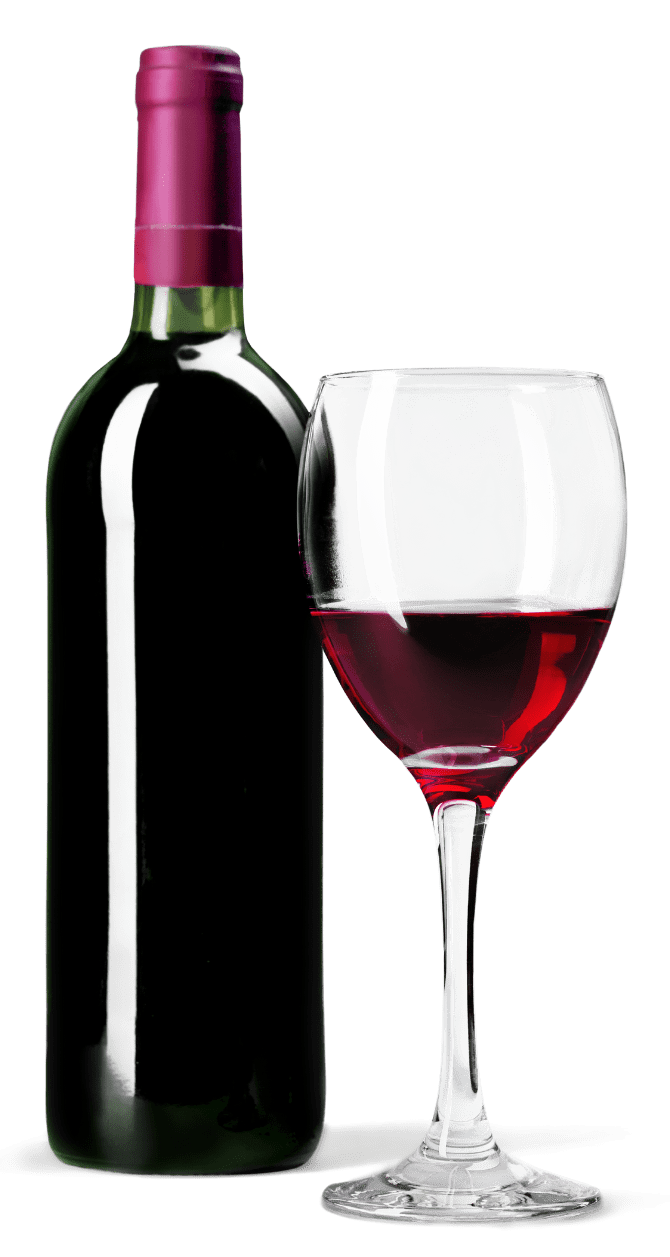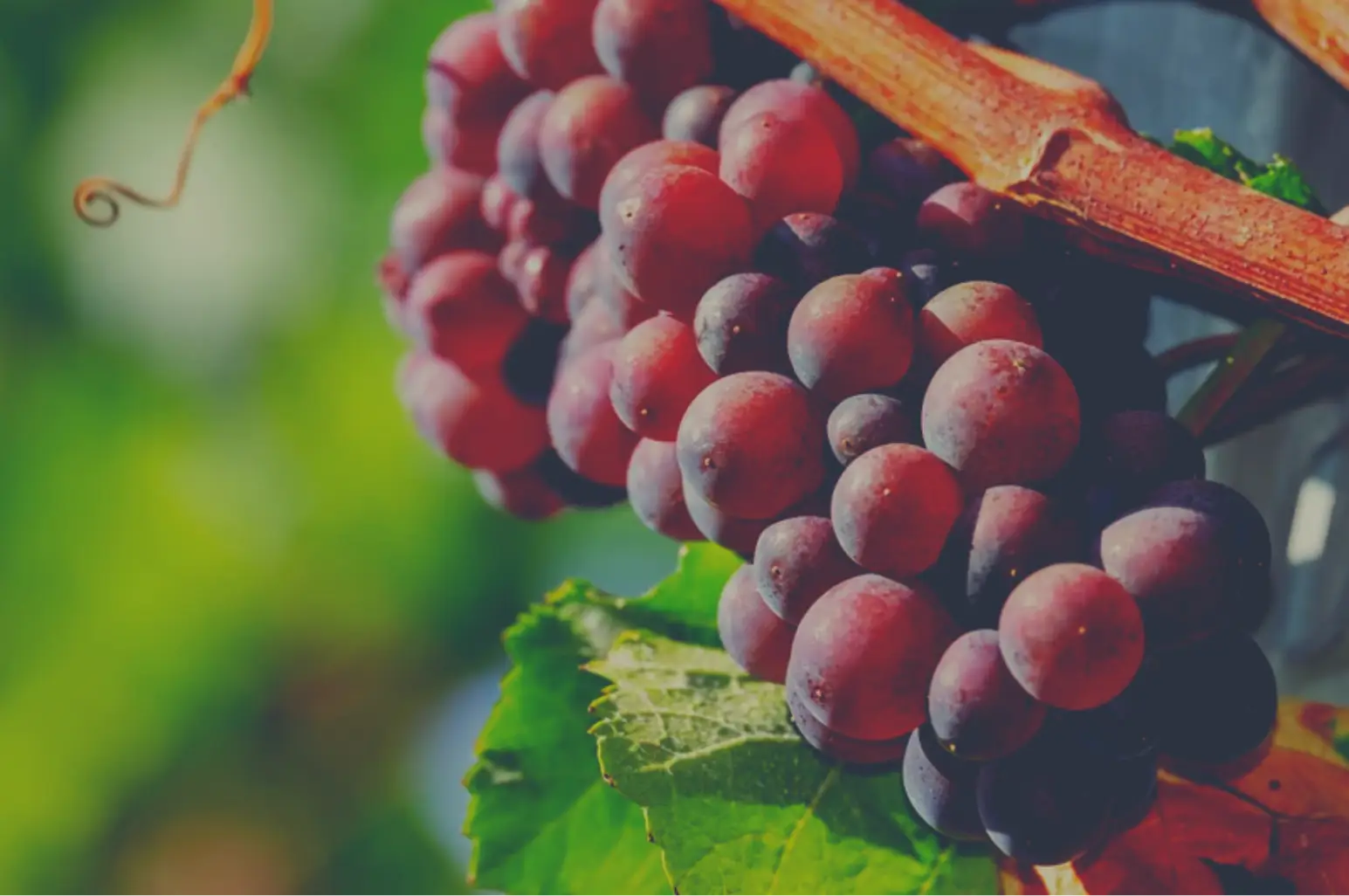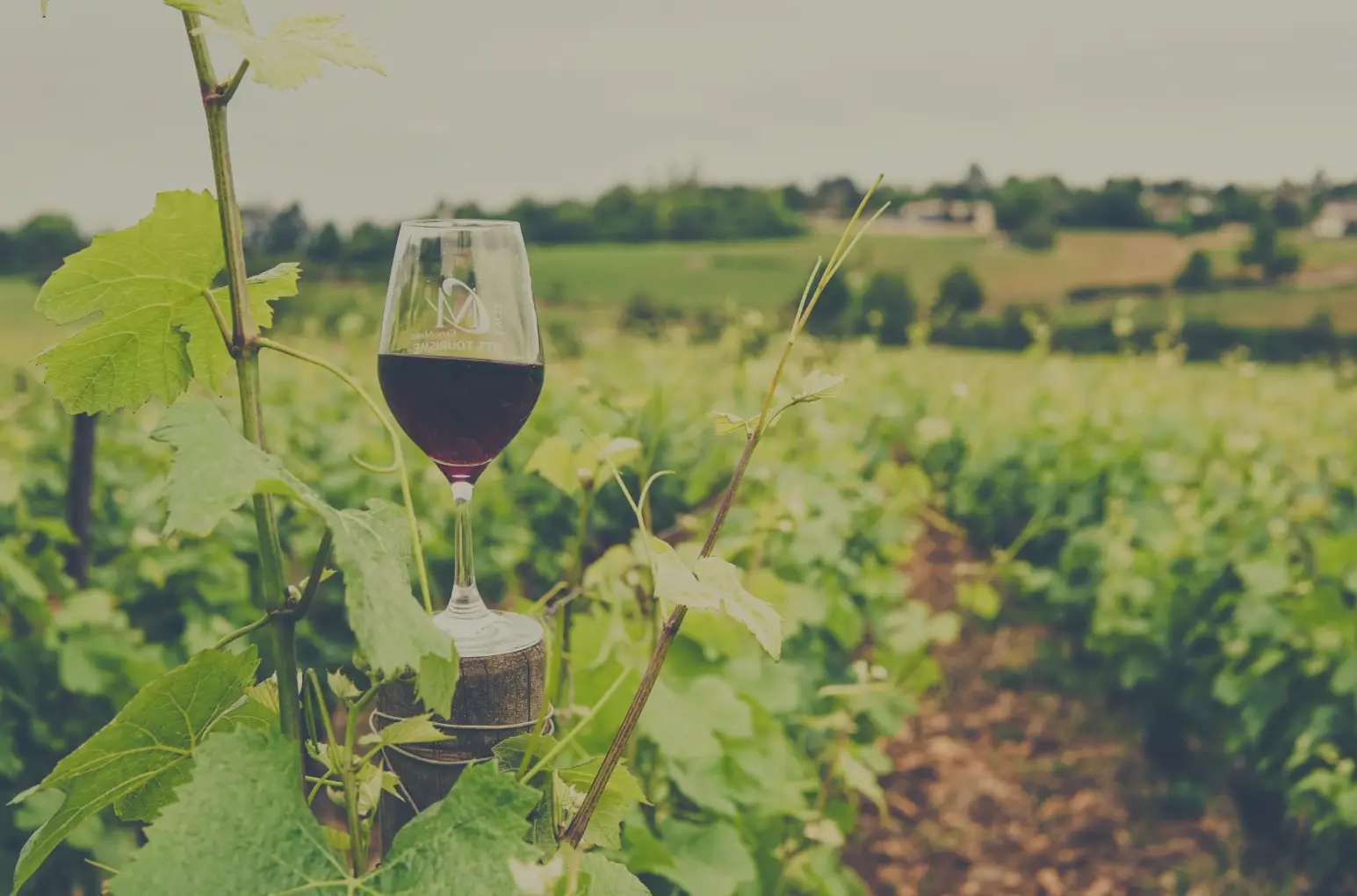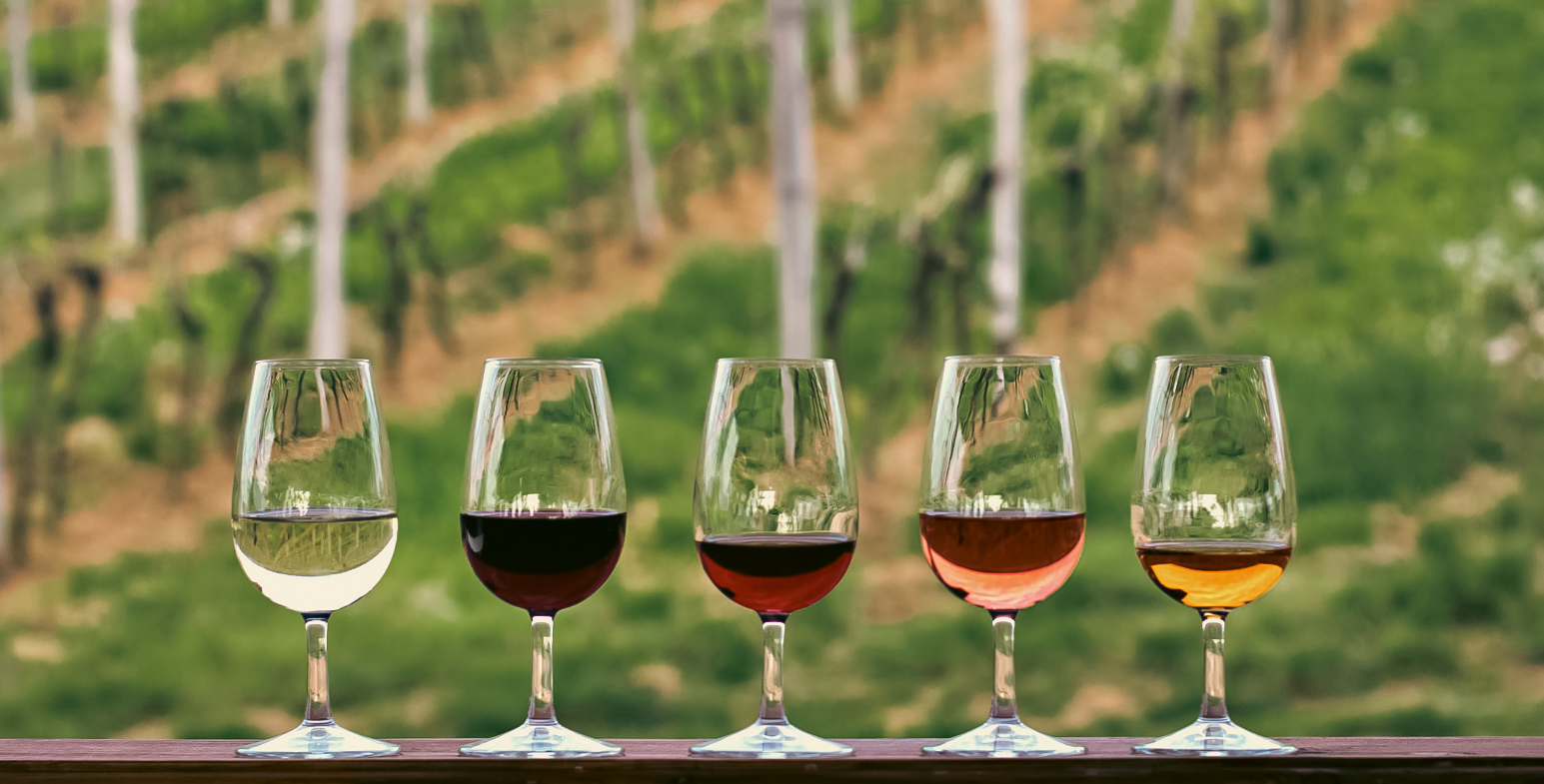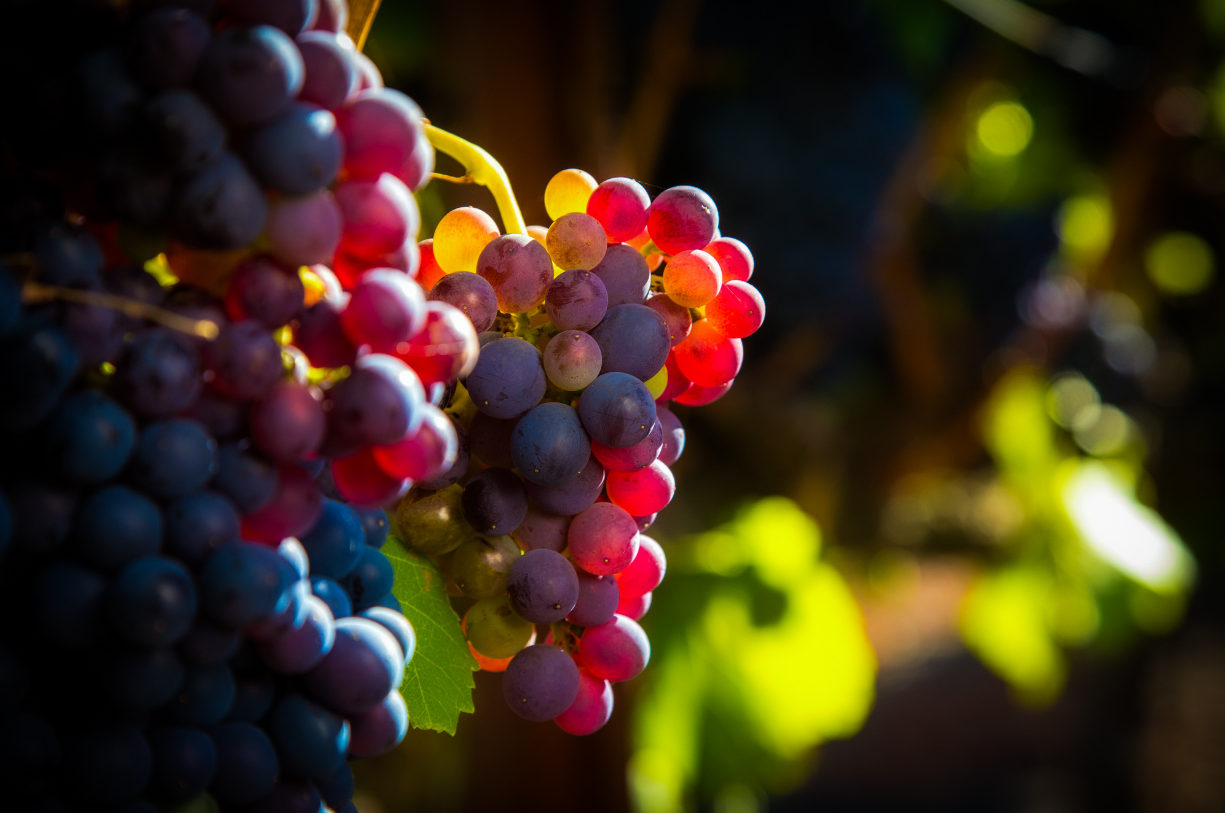Practical applications of stomatal conductance for optimizing irrigation
Plant-based estimations of vine water status using tools such as the Scholander-type pressure chambers, which measure leaf water potential, are currently employed by wine grape growers for irrigation scheduling. There is a need; however, for more time-efficient and less intensive methods that would diversify the irrigation scheduling toolkit. A portable leaf porometer measuring stomatal conductance to water vapor provides real-time data on current vine-water status rapidly and through non-destructive means, making it an appealing tool to irrigation scheduling. Three irrigation treatments were applied to a red (Merlot) and white (Chardonnay) cultivars of field-grown grapevines (Vitis vinifera L.) over three growing seasons to evaluate the effectiveness of porometry in determining the extent of water stress. These treatments included high irrigation (~~100% ETc), moderate irrigation (~~50% ETc), and low irrigation (~~25% ETc). From full-bloom through physiological maturity of grape berries, stomatal conductance and mid-day leaf water potential were recorded concurrently from a single leaf in each replication 4 to 6 days after the most recent irrigation.
